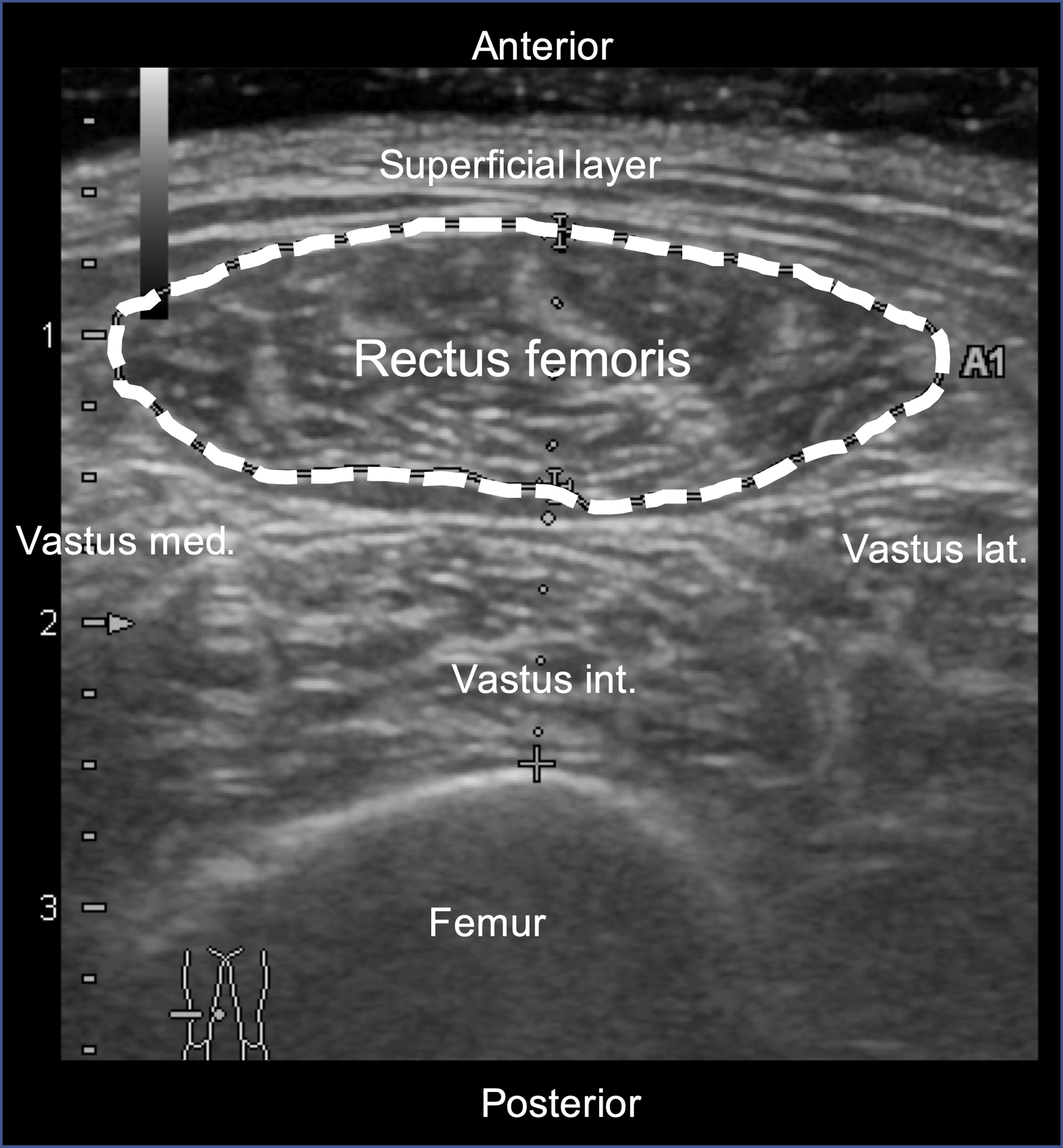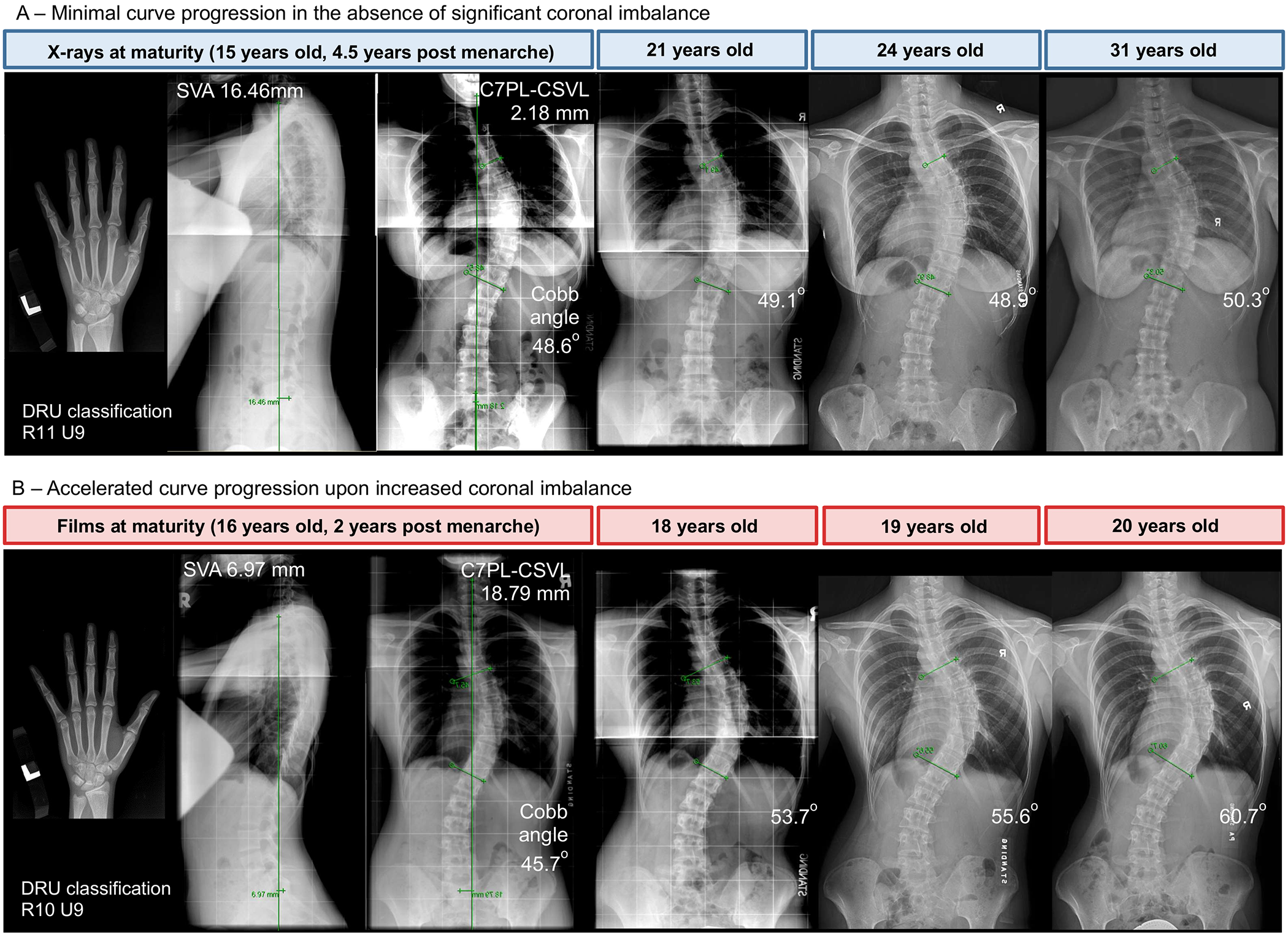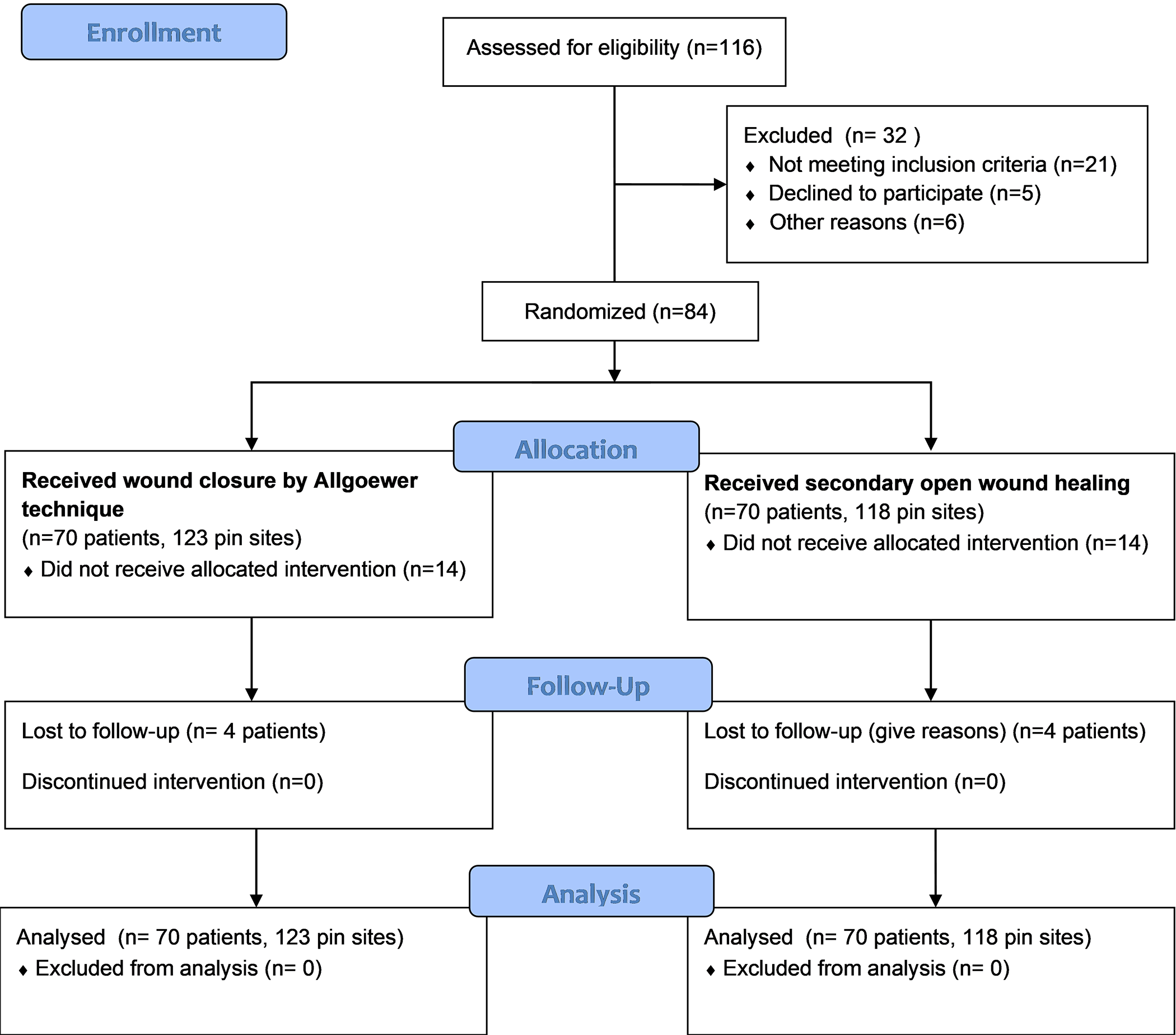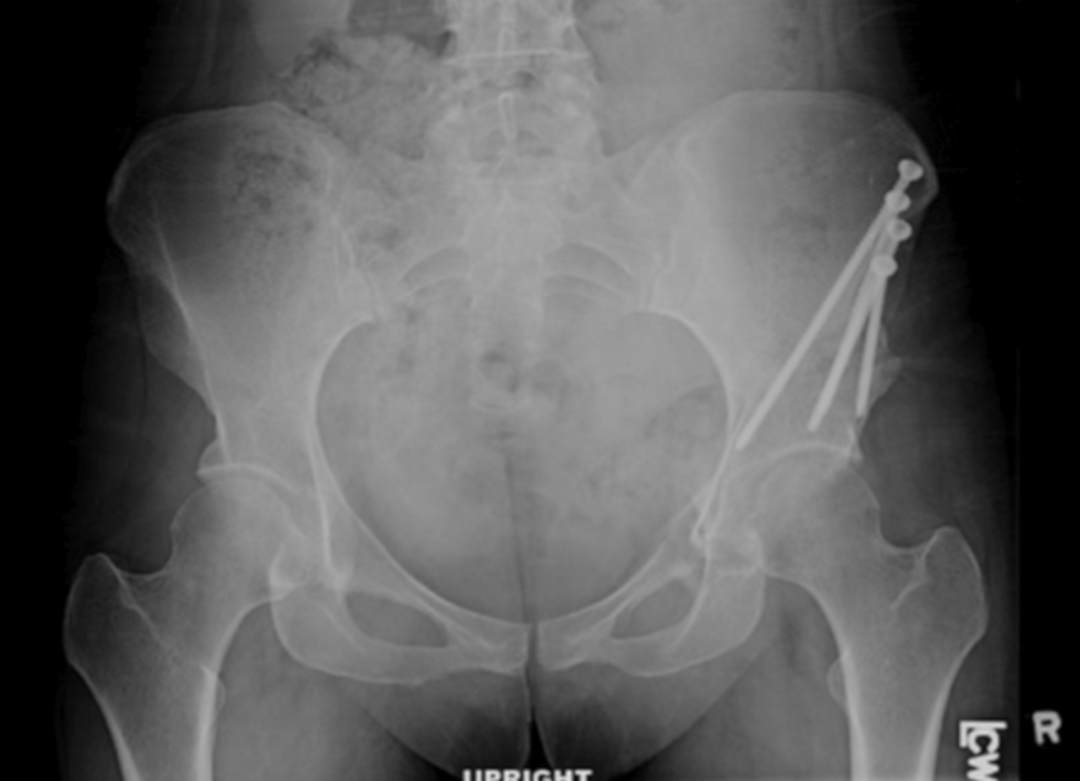In this post, Dr. Marc Swiontkowski, JBJS Editor-in-Chief, reflects on the findings of a new study on the risk of catastrophic health expenditure in patients
Category: Editor’s Choice

Dr. Matt Schmitz, JBJS Deputy Editor for Social Media, discusses a new Level I study on essential amino acid supplementation in the perioperative period in

Dr. Matt Schmitz, JBJS Deputy Editor for Social Media, discusses a new study evaluating curve progression after skeletal maturity in patients with adolescent idiopathic scoliosis

Dr. Marc Swiontkowski, JBJS Editor-in-Chief, offers his thoughts on a new randomized controlled trial comparing primary closure and secondary wound healing of pin sites after

Dr. Matt Schmitz, JBJS Deputy Editor for Social Media, discusses a new study examining the outcomes of periacetabular osteotomy in patients with borderline hip dysplasia.

